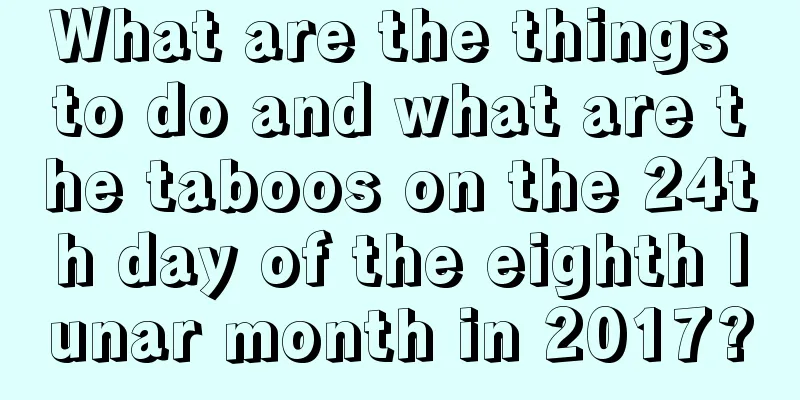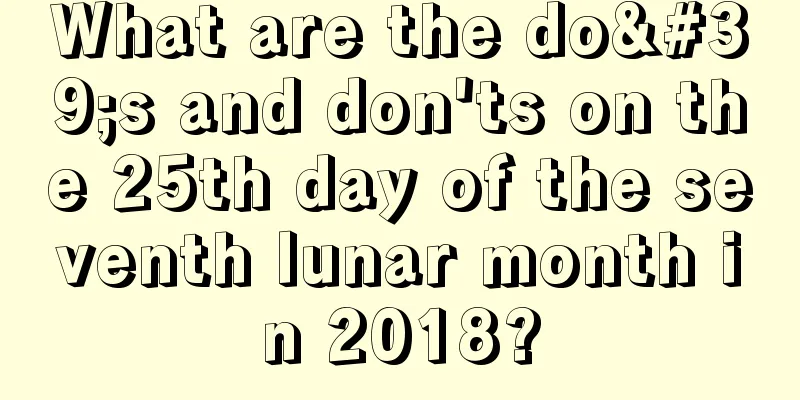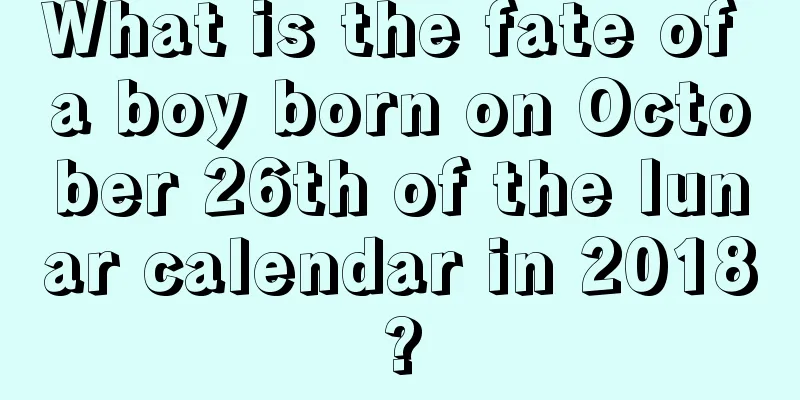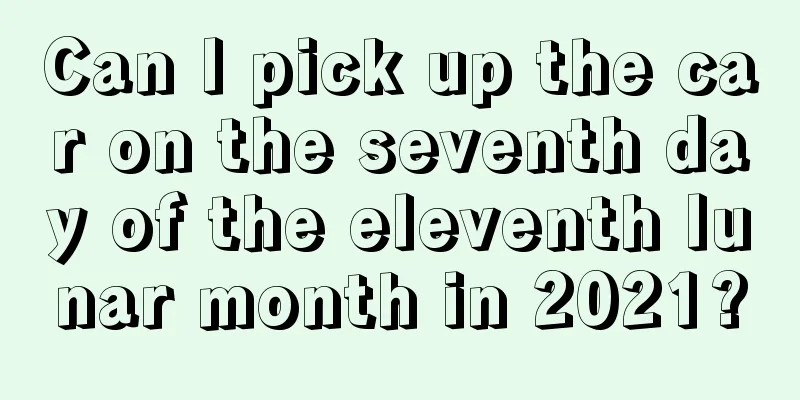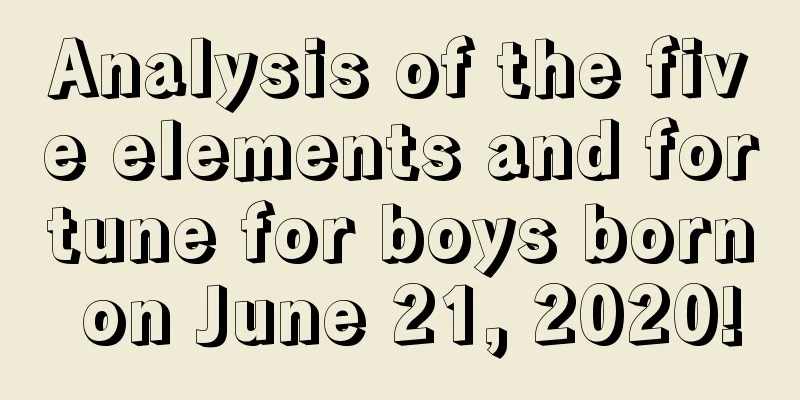Is it correct to say that the summer solstice is the beginning of the dog days and the winter solstice is the beginning of the Introduction to the 39th day of the year in 2021

The Winter Solstice and the Summer Solstice are both part of the 24 solar terms. So, let’s see if the saying that the Summer Solstice marks the beginning of the dog days and the Winter Solstice marks the beginning of the nine cold days is correct? The fifth month of the lunar calendar is usually called: Pu Yue, Midsummer, Super Summer, Pomegranate Yue, Yu Yue, Cicada, Tianzhong, Midsummer, and Gao Yue. More relevant knowledge about the fifth month of the lunar calendar in 2021 can be found on Shuimoxiansheng.com!Is it correct to say that the summer solstice is the beginning of the dog days and the winter solstice is the beginning of theNo, this statement is incorrect. To be precise, this statement is half right and half wrong.The saying that the summer solstice is the beginning of the dog days is incorrect, but the saying that the winter solstice is the beginning of the nine cold days is correct. The beginning of the dog days does not fall on the day of the summer solstice, but there is a certain relationship between the beginning of the dog days and the summer solstice. The beginning of the dog days means entering the three hottest days of the year. There is a folk saying that goes, "The first dog days are counted from the third day of the summer solstice," which is the basis for establishing the first dog days. The calendar stipulates: "The dog days begin on the third Geng day after the summer solstice." This means that starting from the summer solstice, the dog days begin on the third Geng day. The saying of counting the nine cold days during the winter solstice is correct. The first Ren day after the winter solstice enters the 19th day. As for Geng Day and Ren Day, these are the methods of using the Heavenly Stems and Earthly Branches to record time in the ancient calendar. The Nine-Nine Days, also known as the Winter Nine-Nine Days, is a folk method used by the Chinese to calculate the dates of cold days and spring flowers. Generally, it is coldest during the 39th and 49th days of winter, which is the coldest time of the year. When you count to nine "nines" (ninety-nine eighty-one days), spring has arrived, the days are warm, all things are full of vitality, and it is time for spring ploughing. Introduction to the 39th day of the year in 2021The first nine days of the year are from December 21 to December 29, 2021. The second nine days of the year are from December 30 to January 7, 2021. The third nine days of the year are from January 8 to January 16, 2022. The fourth nine days of the year are from January 17 to January 25, 2022. The fifth nine days of the year are from January 26 to February 3, 2022. The sixth nine days of the year are from February 4 to February 12, 2022. The seventh nine days of the year are from February 13 to February 21, 2022. The eighth nine days of the year are from February 22 to March 2, 2022. The ninth nine days of the year are from March 3 to March 11, 2022. |
Recommend
What is the solar altitude angle on the winter solstice? Is the day before the winter solstice in 2020 good?
Introduction: The solar altitude angle is constant...
Is it a good idea to get married on the 20th day of the sixth lunar month in 2020? Is it good to get engaged?
The sixth month in the lunar calendar is the firs...
How is the fourth day of the third lunar month in 2021? Can I have a haircut?
There are certain rules and regulations for choosi...
Is May 28th a good day for hair cutting this year? Are there any taboos on that day?
With the arrival of the fifth month of the lunar c...
What are the differences in customs across the country on the Dragon Raising Festival on February 2, 2018?
There are many traditional festivals in my country...
Is it auspicious to hold a funeral today in 2020? How many days are there in 2020?
Introduction: An auspicious day must be chosen for...
Where is the God of Wealth on the 10th day of the sixth lunar month in 2019?
The sixth month of the lunar calendar is the most...
What is the zodiac sign of people born on the eighth day of the eighth lunar month in 2019? What is her birthday password?
The distribution of constellations has its unique ...
Will highways be free on New Year’s Day 2018? What's the best gift for your girlfriend on New Year's Day?
New Year’s Day is the beginning of the new year. I...
Introduction to traditional food of the Ghost Festival. What should we eat during the Ghost Festival?
The traditional food of different festivals will b...
What zodiac sign is yours on the sixth day of the Lunar New Year in 2018? Is your personality good?
The Chinese zodiac is one of the distinctive cultu...
What are the things to pay attention to during Xiaoman in 2018 and what should not be done during Xiaoman?
Introduction: Xiaoman is one of the 24 solar terms...
How about the 18th day of the lunar calendar in 2020? Is it okay to go out?
How about the 18th day of the lunar calendar in 20...
Will there be a late spring cold snap during the Spring Equinox in 2019? What are the taboos to pay attention to during the Spring Equinox?
Introduction: In the traditional culture of our co...
Which day is a good day in leap April of the Gengzi year 2020? Check the auspicious days in leap April!
The lunar month of April in 2020 has 29 days. Whic...

